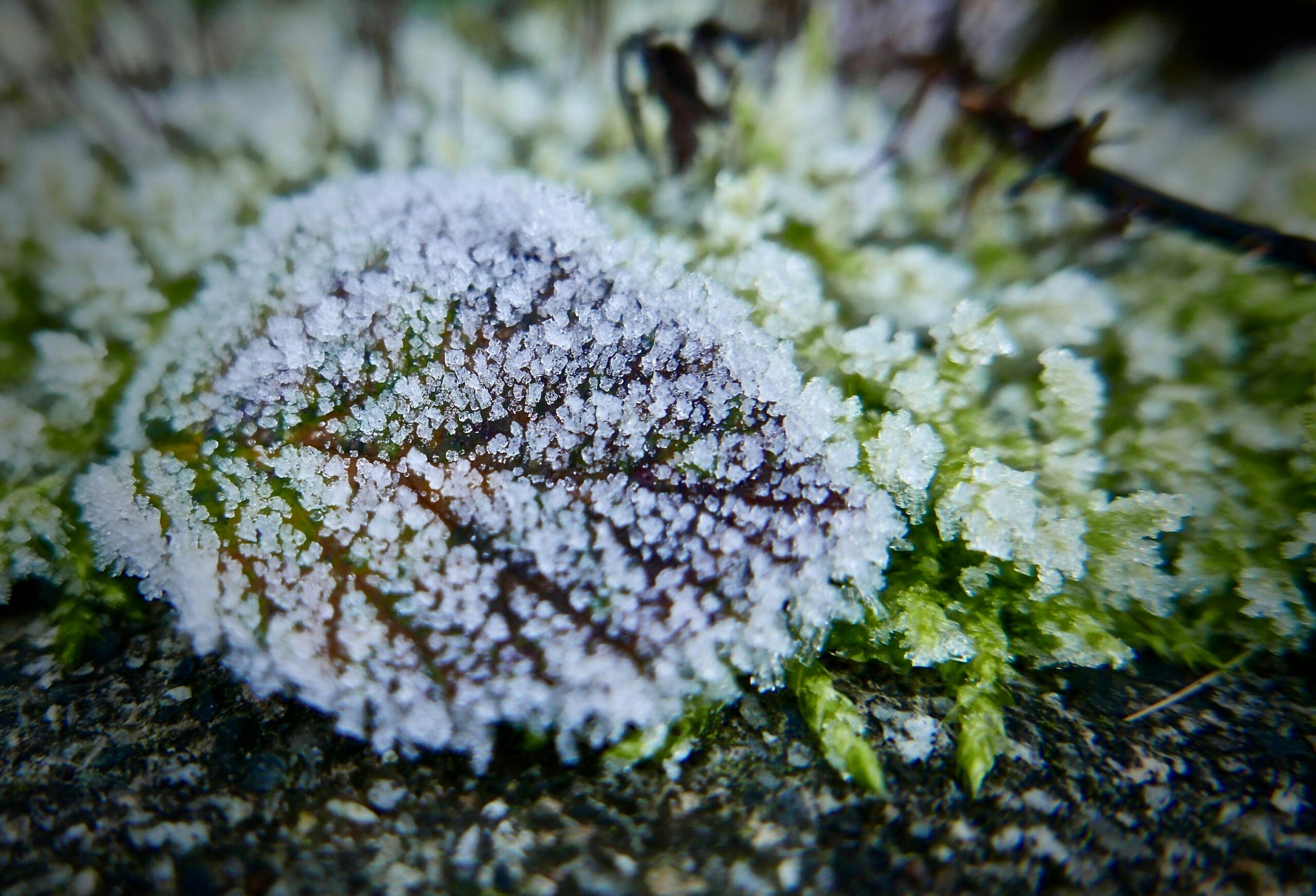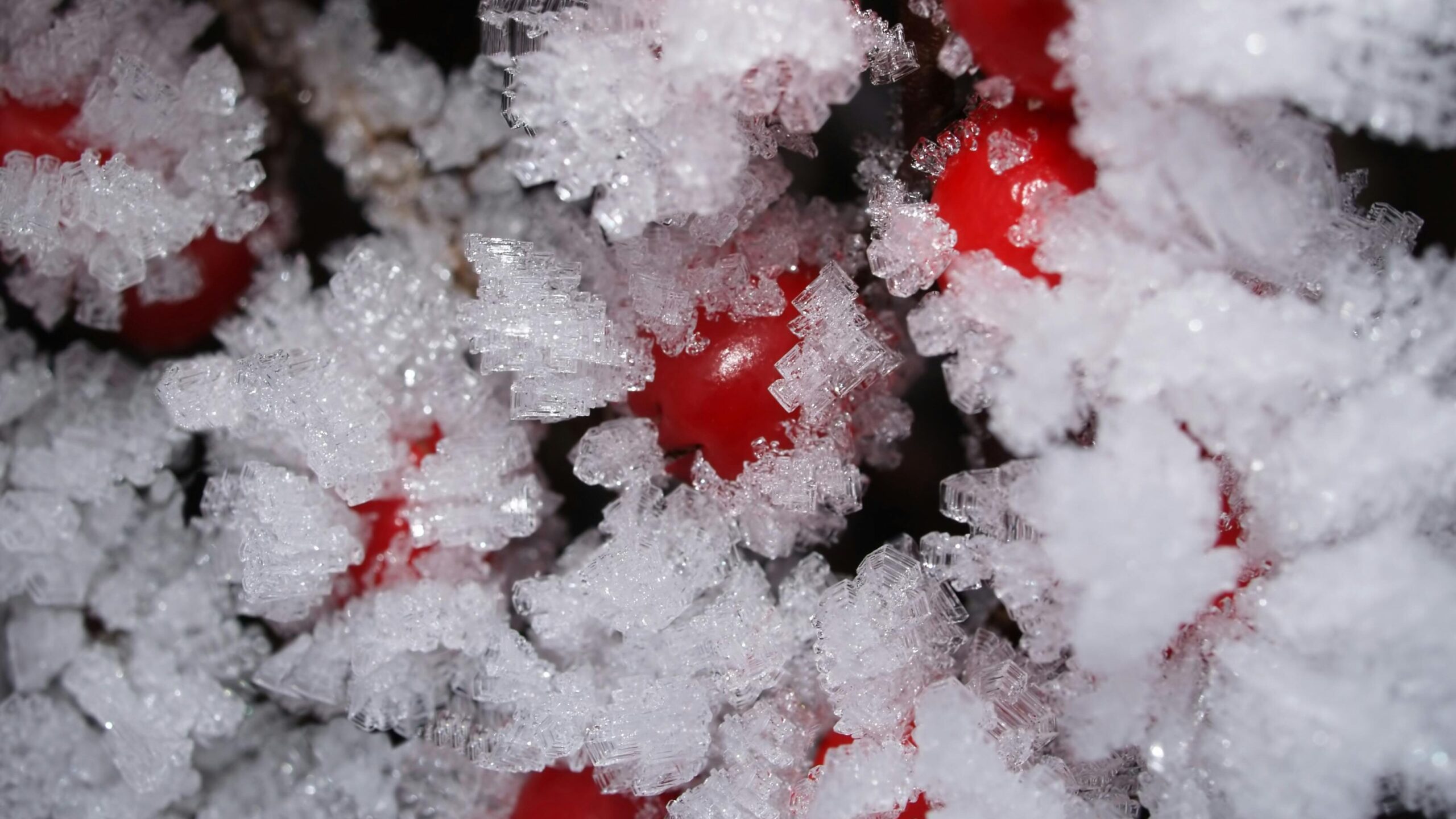
Winter gardens, or Freezing Gardens, can be just as vibrant and spectacular as spring gardens if designed strategically. Creating a green space that withstands freezing temperatures without losing its charm requires smart plant selection, durable materials, and decorative elements that enhance the landscape even under snow. In this guide, we will explore how to transform a cold garden into an impressive natural retreat all year round.
1. Choosing Cold-Resistant Plants
The soul of any Freezing Garden lies in selecting plants capable of enduring harsh winters. Some ideal options include:
✨ Evergreen Trees and Shrubs
- Pines and firs: Provide structure and deep green color year-round.
- Holly (Ilex aquifolium): With its glossy leaves and red berries, it adds a festive winter touch.
- Boxwood (Buxus): Ideal for resilient hedges that maintain their shape even under snow.
- Juniper (Juniperus): A hardy, low-maintenance evergreen that provides texture and color throughout the year.
- Spruce trees: Their symmetrical shape and dense foliage make them excellent windbreaks.
- Yew (Taxus): A slow-growing evergreen shrub that adds depth and privacy to the garden.
- Arborvitae (Thuja occidentalis): Creates natural screens and withstands strong winds and snow.
❄️ Winter Flowers and Plants
- Hellebores (Christmas Rose): Bloom in the heart of winter with white, pink, and purple hues.
- Winter heather (Erica carnea): Adds color with delicate pink and purple flowers.
- Hardy chrysanthemums: Survive frost and extend autumnal charm.
- Snowdrops (Galanthus): One of the first flowers to bloom even when snow is on the ground.
- Cyclamen coum: A resilient winter bloomer with beautiful magenta and white petals.
- Ornamental cabbages: Provide unique textures and colors in the winter landscape.
- Witch hazel (Hamamelis): Produces vibrant yellow and orange flowers even in the coldest months.
- Winter aconite (Eranthis hyemalis): A small but powerful burst of golden yellow in early winter.
- Japanese Andromeda (Pieris japonica): Adds cascading clusters of flowers and year-round foliage.
2. Designing the Space for Visual Impact
A winter garden should remain attractive even when flowers rest beneath the snow. To achieve this:
🏔 Incorporate Stone and Wood Elements
Stone pathways, retaining walls, and wooden sculptures can withstand the weather and create a cozy feel. Raised garden beds made from stone can add structure and protect roots from deep frost. Wood features such as trellises, benches, and log borders add warmth to the landscape. Consider using natural materials that contrast beautifully with snow, like dark slate or rich cedar.
✨ Add Strategic Lighting
Warm LED lights among shrubs and evergreen trees will highlight winter’s beauty and create a magical atmosphere. Lantern-style lighting or fairy lights can enhance the garden’s charm and improve visibility during long winter nights. Uplighting techniques can accentuate the architectural shapes of trees and garden features. Solar-powered garden lights are an eco-friendly option to illuminate paths and focal points.
🌨️ Cold-Resistant Fountains and Ponds
Moving water, such as stone fountains or ponds with antifreeze systems, adds dynamism and prevents total freezing. Aeration systems can keep small sections of water from freezing completely, ensuring water availability for birds and small wildlife. If possible, install a heated birdbath to attract more winter birds. Water features with dark-colored stones retain heat better and may delay freezing.
🌾 Adding Texture with Grasses
- Miscanthus: Tall, ornamental grasses that sway beautifully in winter winds.
- Blue fescue: A small, tufted grass that remains blue-gray year-round.
- Feather reed grass: Its vertical stems provide contrast to horizontal snowdrifts.
- Switchgrass (Panicum virgatum): Adds movement and height to the landscape.
- Little Bluestem: A native grass that changes colors throughout the seasons.
- Northern Sea Oats: Creates a dynamic effect as the seed heads rustle in the wind.

3. Protection and Care During Winter
For a Freezing Garden to thrive, proper maintenance is essential:
- Use mulch: Protects roots and retains moisture, preventing frost damage.
- Water strategically: Doing so before frosts helps keep plants healthy.
- Prune before winter: Removing dead branches reduces the risk of snow accumulation damage.
- Wrap delicate plants: Burlap wraps can protect shrubs from harsh winds.
- Add windbreaks: Strategically placed fences or hedges can reduce the impact of cold winds on plants.
- Use cold frames: For more delicate plants, cold frames or cloches can extend their growing season.
- Apply anti-desiccant sprays: Protects evergreen foliage from drying out during winter winds.
- Remove heavy snow: Gently shake branches to prevent breakage from excessive weight.
- Use rock salt alternatives: Protect plants and soil by using sand or calcium magnesium acetate instead of traditional salt.
4. Attracting Winter Wildlife
A winter garden can also serve as a sanctuary for wildlife. Consider these elements to invite birds and small mammals:
- Bird feeders: Providing high-energy food like suet and seeds helps birds survive the winter.
- Sheltered spaces: Hollow logs, brush piles, and evergreen shrubs create hiding spots.
- Heated birdbaths: A source of unfrozen water can attract birds during the cold months.
- Native berry bushes: Plants like viburnum, winterberry, and serviceberry offer natural food sources.
- Nesting boxes: Provide safe places for birds to roost during cold nights.
- Log piles: Can offer protection for small mammals like hedgehogs and squirrels.
- Ground cover plants: Low-growing evergreens can shelter insects, which in turn support bird populations.
5. Benefits of a Winter Garden
- Year-round beauty: No need to wait for spring to enjoy your garden.
- Low maintenance: Many cold-resistant plants require less care than tropical ones.
- Attracts wildlife: Berries and dense shrubs provide shelter and food for birds in winter.
- Improves mental well-being: A well-designed winter garden can offer a peaceful retreat during the colder months.
- Increases property value: Thoughtful landscaping adds aesthetic and functional value to a home.
- Enhances sustainability: Using native and low-maintenance plants reduces water usage and supports local ecosystems.
- Reduces wind exposure: Dense planting and strategic fencing can create microclimates that protect structures and reduce heating costs.
- Extends outdoor usability: Features like fire pits, outdoor heaters, and cozy seating areas make the garden enjoyable even in winter.
- Encourages outdoor activity: A well-maintained garden can be a perfect place for winter walks and outdoor gatherings.
Creating a Freezing Garden not only ensures a vibrant landscape during the coldest months but also brings a sense of serenity and harmony with nature. With the right selection of plants, materials, and thoughtful design, your winter garden can be a breathtaking paradise even in the frostiest conditions. Whether you’re starting from scratch or enhancing an existing space, a well-planned winter garden will provide beauty, tranquility, and ecological benefits throughout the entire year. Ready to design your dream winter garden?

One thought on “Freezing Gardens: How to Design a Lasting Winter Paradise”